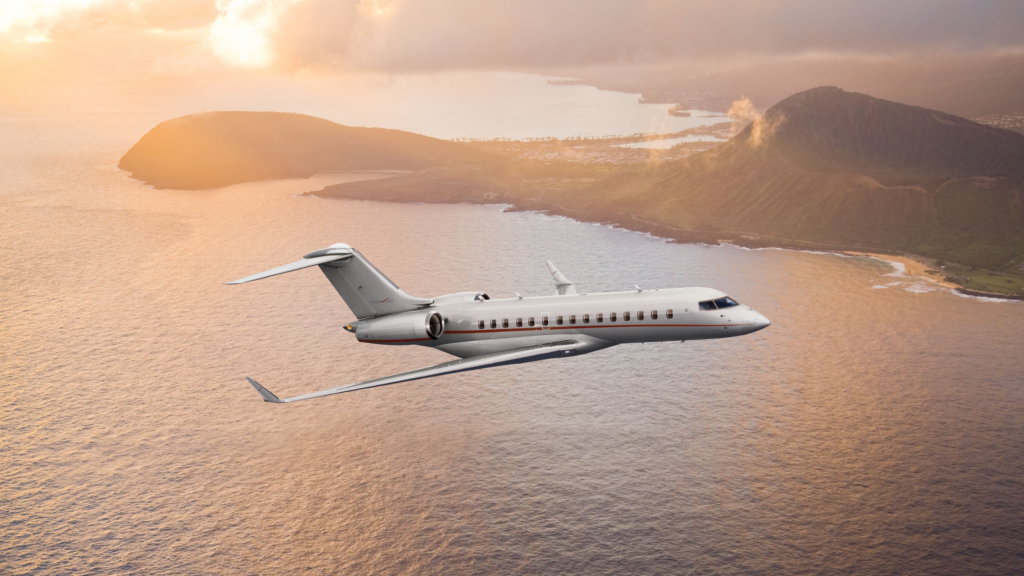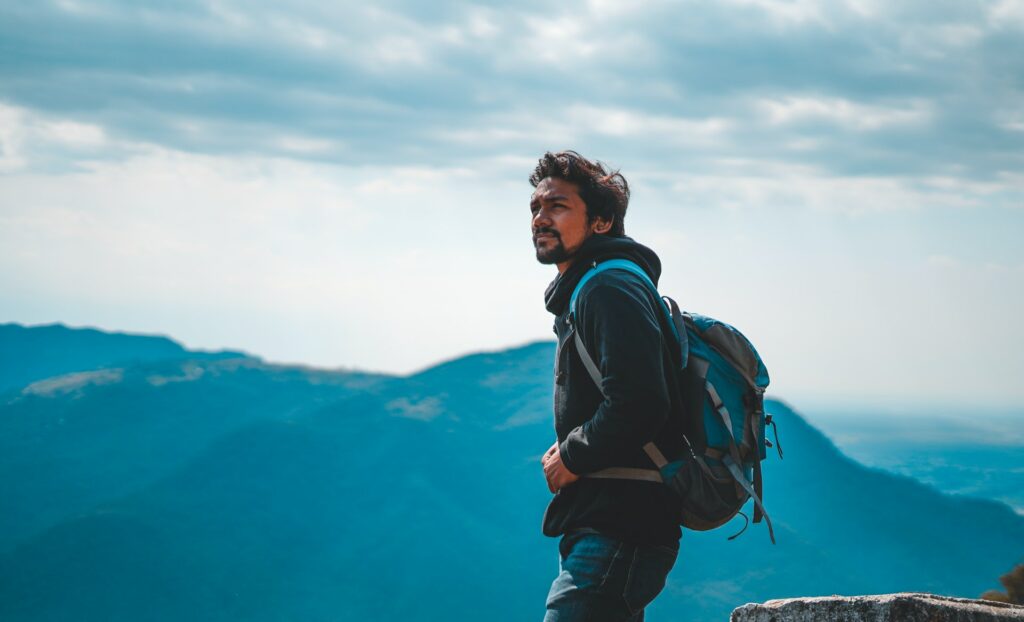Private Travel & the Future of Air Mobility

By ITB Community and Ian Moore, Chief Commercial Officer of VistaJet
With the future of travel on the minds of many, Ian Moore, Chief Commercial Officer of VistaJet, spoke with the ITB Community to share his thoughts on the rise of private aviation following the COVID-19 pandemic, the evolution of consumers’ needs and desires, and the trends to watch in the coming years.
What are your thoughts on the current market development of private jet and private travel?
The market has really turned into two options: (1) asset heavy, which would be ownership or a fraction of a model, or (2) asset light, which is effectively either a membership model or one-off charter fights. The two models are pretty diverse when you think about it—the fractional and aircraft ownership market is probably the older way.
Think about owning a car versus using an Uber. Older models have exposed the massive market fluctuations when it comes to either aircraft being in demand, or having a large supply in the marketplace; so the real asset-light options are taking a stronghold, particularly over the last decade. These membership-type models are where people invest into a fleet rather than one particular aircraft, and effectively lease the aircraft—either on a one-off basis when it comes to charter, or with the membership model that is viewed more as a guaranteed availability solution. The market has changed pretty dramatically over the last decade and we have seen a rise in the asset-light or asset-free options.
Do you see a new type of travelers opting for private jets since the COVID-19 pandemic?
Yes, we have seen some. There has been a dramatic change in the demand for private jets since COVID. First of all, here’s some background information—a pre-pandemic study by McKinsey & Company shows only 10% of people who could afford to fly privately were doing so. So that gives you a good idea just how much extra capacity we have in people who could use it, but were not using it before the pandemic. We have seen a massive increase in private flying. It makes sense when you think about what the key characteristics were. Having the ability to buy a safe way with minimal confusion and having your own passenger list, for example, became very much the driving force that came through from COVID when it comes to aviation travel. Now we are also seeing more families staying longer in the destinations. On the business side, a lot of corporations are protecting their C-Suite and even the next level down in the senior management by investing in their trips to ensure they are safe when they are traveling. So we have seen a real megatrend towards flying privately. Within certain particular industries, we are seeing part of the market opening up and the asset-light model has really taken off in this time because people are new to aviation and don’t want to have heavy asset exposures.
How have technologies altered the way consumers behave during this pandemic, especially in the context of air travel?
First of all, the rise of Zoom meetings has had an impact on the demand for travel. But I think the importance of face-to-face meetings has roared back when it comes to shoring up your supply chains, ensuring your customers in the global market are well serviced, and getting your C-Suite in the meeting tables for important deals.
At the high end of private jet travel, during COVID-19 where airlines stopped offering flights, private jets made business happen, allowing people to travel for family reunions, vacations and face-to-face meetings. All of these are enabled not only by the nature of the private air travel model but also by technological advancement.
For the consumers, the global number of mobile phone users and subsequently app downloads is growing steadily. Reports have shown that global consumers are now spending an average of 4.2 hours per day using apps on their smartphones, an increase of 30% from just two years prior to the pandemic. In some markets, the average is even higher — more than five hours.
For business operations, we are seeing how AI drives the industry when we are looking at the most efficient routes to go from A to B. When you look at all the restrictions during the COVID period, you need to use technology to be able to come up with the most optimal way to both service a client on the front end and conduct the flight at the back end.
If you are an owner and operator of aircraft, it is important for you to know how to utilize these aircraft in the most efficient manner, and that is where technologies helped corporations and operators around the world utilize their aircraft with the most efficient routes possible. We have seen technologies driving the industry’s market growth and development, and at the same time strengthen their operations at the back end.

Can you share with us your outlook of air travel in Indian and South Asian markets?
I am a big believer in this part of the world for air travel, both private and commercial. I see a huge opportunity for the industry to really bounce back. We saw a 71% increase in number of flights in South Asia in 2021, for example; so that shows a rapid increase in demand on top of the fact that it was a year where there were significant restrictions in place for the first two quarters.
We are seeing people traveling on long-distance flights and staying longer at the destinations. That is better for aviation, to be honest, and we are expecting to get large growth numbers coming out of the South Asian region. Being able to connect India and Southeast Asian markets back to the world again once the COVID restrictions drop is going to be an important part of our mission.
What should be at the top of the agenda for air travel? What are the trends we need to pay attention to?
There are two main areas. First of all, it’s the flight quality. COVID has hit the industry pretty hard mainly on the commercial side rather than the private aviation counterpart; but still it’s affected the air travel business and the industry as a whole. Thus end customers, brokers and other industry players in the ecosystem are looking for the operators that are able to build up the experience through the restrictions, and obviously have the financial muscle to push through the crisis.
The flight quality and the search for the best operator you possibly can to fly with are incredibly important for anyone who is looking to do any travel.
The second part—and this works across not just private aviation or transport, but the world as a whole—would be sustainability.
Our company commits to be the first carbon-neutral business aviation company by 2025, 25 years ahead of the current industry goal. We feel it is important to be a front runner in sustainability. Today when we speak to corporations, clients and other stakeholders—whether it be in the equity markets, debt markets or insurance, we find that everyone is looking for you to have a strong sustainability program—be it carbon offsetting, sustainable aviation fuel using your own internal technology, or partnering with leaders outside of your industry in sustainability. All these are important elements of a sustainability program that is in high demand not just by our customers but also by our employees and the world as well.
These two most important parts—flight quality and sustainability—are meant to make sure you are with the best in class, and you are doing it in a sustainable way.






Responses